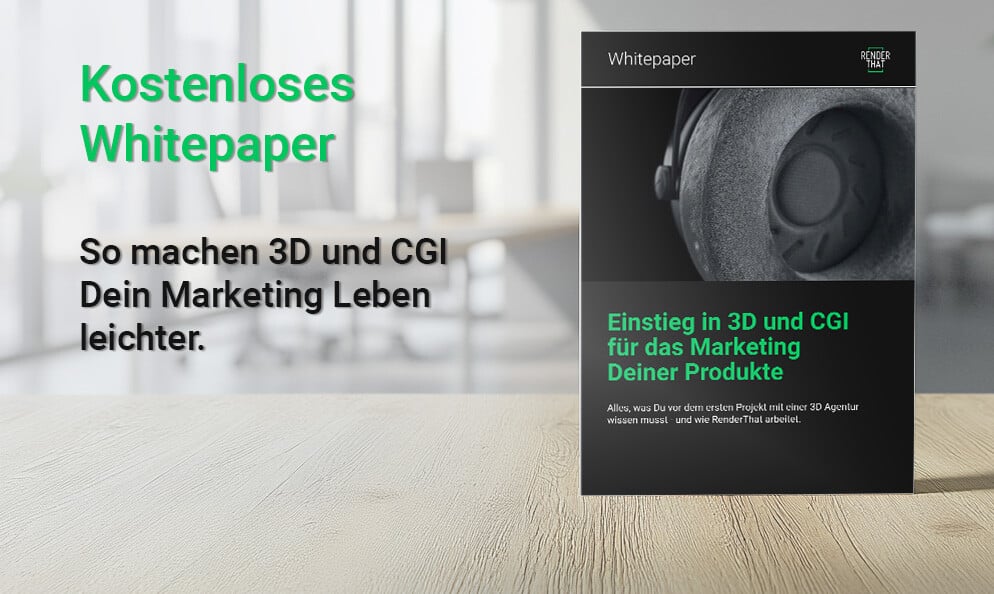Retail Media Marketing Guide: 19 questions, examples and how to use it successfully

The challenge of effectively reaching your target groups has become increasingly complex over the years. There are plenty of opportunities for touchpoints.
With retail media, a comparatively new channel has grown ever larger in recent years, which is no longer limited to Amazon.
So: How does this channel work and how can you best use it for your products? What do you need to effectively and successfully position your brand and products and become a retail media marketing expert?
We have compiled the most important questions and answers and provide some helpful examples at the end.
We will also show you what you should consider for your product content in the retail media sector.
Basis: The 19 most important questions and answers
What is retail media?
Retail media refers to advertising opportunities on online retailers' platforms that enable targeted advertising for products within the retailer's ecosystem. It differs from traditional forms of online advertising in that the ads are placed directly where the purchase takes place, e.g. on Amazon, Zalando or Otto.
The relevance of retail media has steadily increased in recent years. As an indication of this, the development of the keyword in Google Trends and in particular the turnover in this area shows, according to surveys, how important this channel has become for companies: From 2018 to 2022, global turnover (ad spend) in retail media rose from 41 to 114 billion US dollars. Forecasts predict a further increase to 175 billion US dollars by 2028.
How does retail media work?
Retail media campaigns are run on the platforms of online retailers that offer both display and search ads within their websites and apps. These forms of advertising are often based on consumers' buying behavior, which significantly increases the relevance of the ads.
What role does data play in retail media?
Retail media uses first-party data from retailers to deliver targeted advertising to potential buyers. This data comes directly from purchases and searches on the platform, which enables a high level of precision when reaching out.
Which platforms do retail media offer in the DACH region?
Amazon is the biggest player in the retail media sector, but platforms such as Otto, Zalando and MediaMarkt now also offer their own advertising solutions for manufacturers.
What are the benefits of retail media for manufacturers?
Retail media allows you as a manufacturer to advertise exactly where your potential customers shop. This allows you to target buyers who are already interested in similar products. The ads are displayed in a relevant context, which increases the likelihood of a purchase.
Can retail media also be exciting for other retailers and online shops?
Yes, retail media can also be exciting for other retailers and online shops, even though they act as competitors. Through retail media, retailers can target customers on platforms from other retailers who are already looking for similar products. This expands their reach and increases brand awareness. It also enables cross-selling and access to new target groups. The approach of Co-opetition — i.e. a mix of cooperation and competition — helps to open up additional sales channels and benefit from the broad customer database of large platforms in the long term.
How can retail media strengthen brand presence?
With retail media, you can improve the visibility of your products on heavily frequented platforms. Through prominent placements, you can set yourself apart from the competition and position your brand more strongly.
How can retail media be integrated into the marketing strategy?
Retail media should be seen as a complementary channel. It is particularly effective for promoting targeted sales and can be combined well with brand marketing strategies that run via social media or Google Ads.

Which KPIs are important in retail media?
The most important KPIs here are the usual online marketing KPIs, which make your performance meaningful, including return on investment (ROI), click-through rate (CTR), conversion rate and direct sales growth.
How can I distribute my budget for retail media sensibly?
You should set aside a specific budget for retail media, especially in connection with important sales phases such as product launches or seasonal promotions. Retail media is particularly suitable for targeted performance campaigns.
Which strategies are best for retail media?
You should specifically promote products at various stages of their life cycle. For example, premium placements are particularly good for product launches, while sponsored search results can support a product's growth or maturity phase.
Is it worth investing in premium placements?
Premium placements increase visibility and the chance of your product appearing in relevant search results. This is particularly important when competition is fierce.
How can retail media help with negotiations with retailers?
As a manufacturer, retail media can help you influence the placement of your products in the online shop. By making targeted investments in advertising on the retailer platform, you can increase the visibility of your products and, if necessary, improve negotiating positions.
What are the risks of using retail media?
Risks include dependence on large retailer platforms and rising costs as competition for advertising space increases. A healthy balance between retail media and other marketing channels helps offset these risks.
How do I start with retail media as a manufacturing company?
The first step is to evaluate the platforms and their advertising solutions. You can then gradually develop and test campaigns to find out which strategies work best for your products.
How can project managers efficiently coordinate retail media?
Project managers should keep an eye on internal resources, such as marketing teams, budget, and data management, and communicate regularly with trading partners. Efficient campaign planning and tracking tools help to monitor success.
How do I segment my product portfolio with Retail Media?
With retail media, you can launch targeted campaigns for different product groups and target markets. Through detailed data analyses, you can see which products perform best with which target groups.
How do I optimize collaboration with trading platforms?
Close coordination with platforms is crucial. Regular analyses and exchanges about new advertising opportunities and trends help you improve the performance of your campaigns.
What technological requirements do I need for retail media?
A solid data management process and, where appropriate, specialized tools that simplify campaign management and tracking are important. Cooperation with external service providers can also help to facilitate technical implementation.
Special notes for retail media content
At Retail media content — especially with regard to visual content — there are some special features and positive options that you should consider for successful product placement. Here are the key points:
1. Visual content as a conversion driver
Visual content such as images and videos plays a central role in retail media, as it is often the first point of contact with potential buyers. Platforms such as Amazon offer targeted advertising spaces in which products not only appear in search, but can also be highlighted in banners, sponsored ads or videos. Appealing visual content that immediately attracts the user's attention is therefore crucial for success.
With the requirements for paid marketing on retail media, your non-paid activities should also not be ignored. Even small measures such as SEO images for product images help your products to rank better.
2. Premium placements and rich media formats
Retail media often offers special premium placements that are visually more eye-catching. These formats, such as Carousel Ads, videos or Full page takeovers, enable you to present your products with high-quality images or videos in an attractive environment. These creative formats stand out strongly from standardized text or image ads and thus offer added value for brand perception.
Also compare the strategy, with so-called Shoppable content on social media channels to take your targets straight from the awareness or consideration phase to the purchase of your product.
3. Storytelling and interactive content
Another advantage of retail media is that you have the option to sell your products in a storytelling-based context represent. For example, you can use video ads to explain how to use your products, visualize their unique selling points, or include testimonials from customers. This interactive and immersive content creates a closer connection with users and increases the likelihood of buying.
4. Requirements and best practices for successful content
To make optimal use of visual content in retail media, you should consider the following requirements and best practices:
- Platform compliance: Each retail platform has its own guidelines for the type and size of visual content. For example, images must meet specific resolutions and videos must have a specific length. It is important to comply with these technical requirements in order to achieve full visibility.
- Keep brand message consistent: The visual content should clearly match the brand identity and convey consistent messages. Authenticity and recognition are crucial to building trust.
- High quality and relevance: Use high-resolution images and relevant product information that add value to customers. Blurring or inappropriate content can reduce trust in the product.
- Data-driven optimization: Use the data collected by retail media to test which visual content performs best. A/B testing and continuous optimization lead to better results.
Make yours Product digitization more efficient
We help companies digitize product portfolios with hundreds of items. Our workflows are tailored to your company and ensure maximum output with minimal effort.






